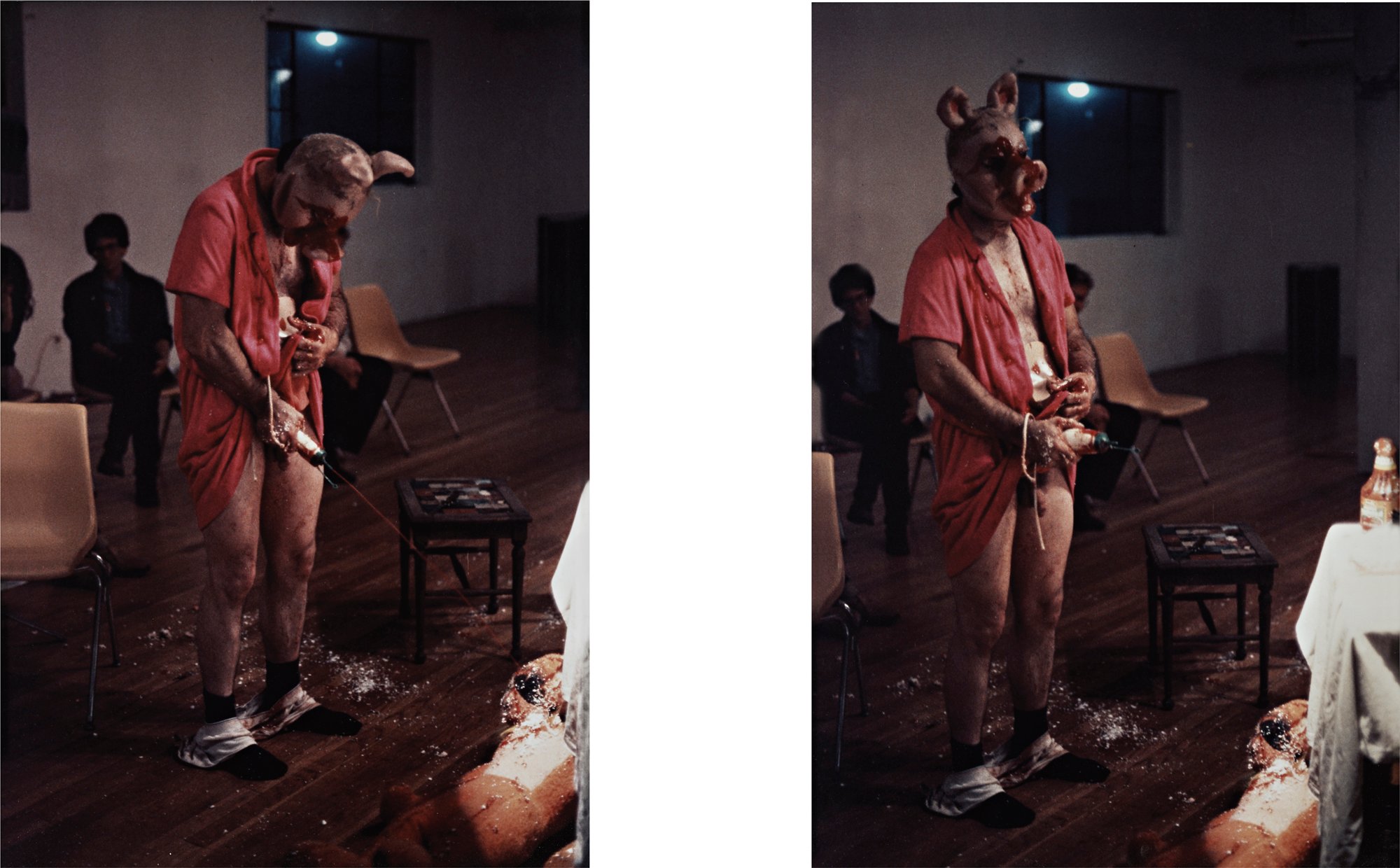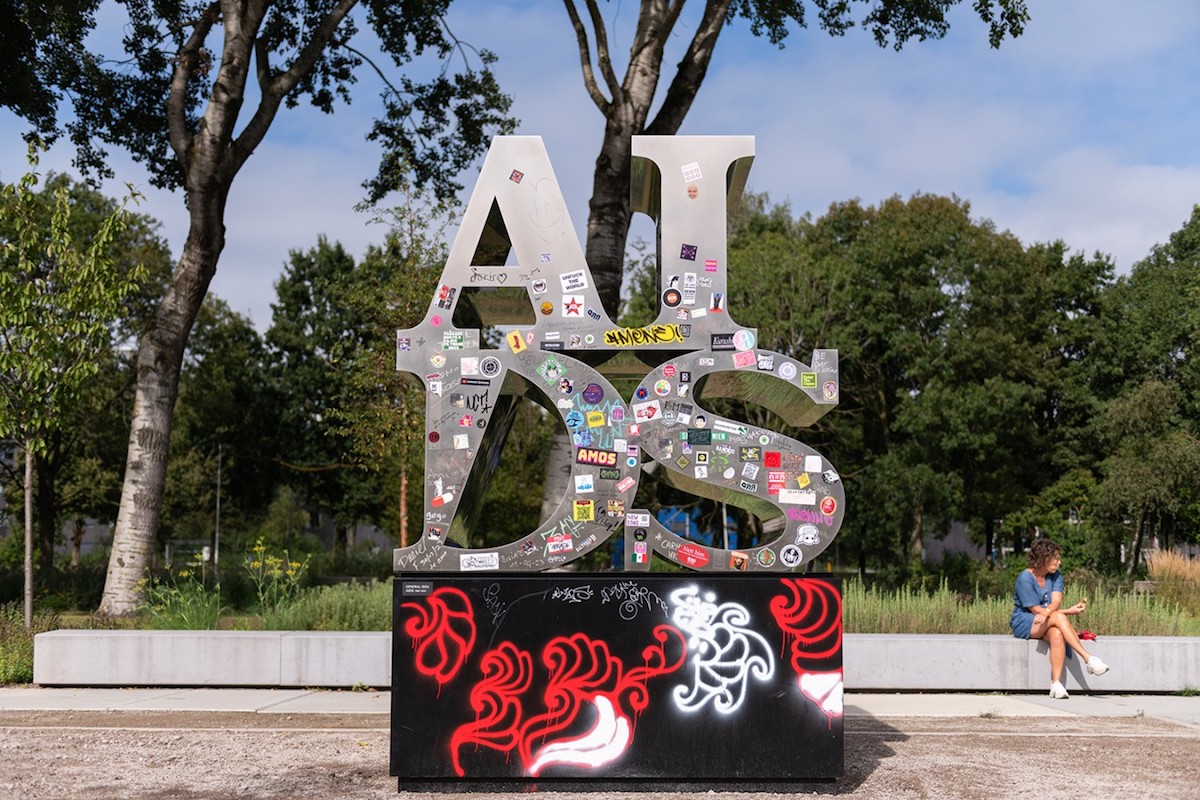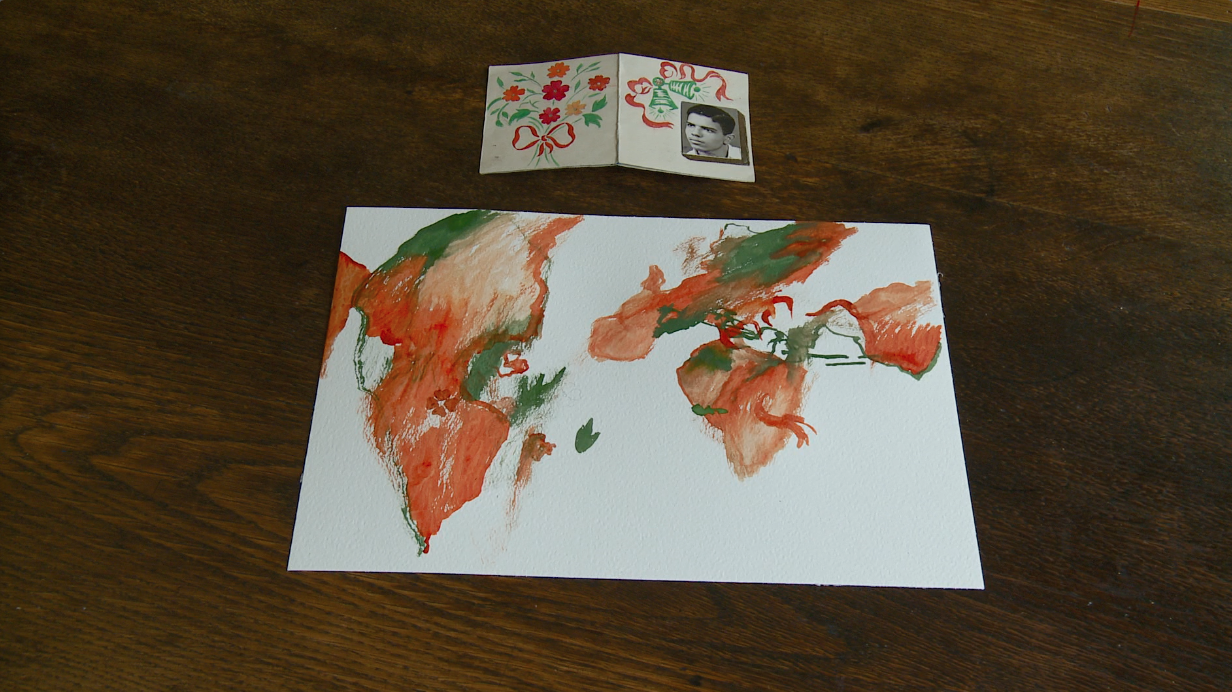
© » KADIST
Subas Tamang
Drawing & Print (Drawing & Print)
Study of History IV by Subas Tamang is an etching and aquatint print based on photographs taken by German photographer Volkmar Wentzel in 1949. Wentzel’s original color photographs document the transportation of a Mercedes Benz, carried on a wood armature by sixty porters, over a rocky trail from Bhimphedi to Kathmandu in Nepal. At the time of Wentzel’s photographs, paved roads in Nepal only existed within the Kathmandu Valley and cars had to be carried into the city from the surrounding hills on foot.

© » KADIST
Subas Tamang
Drawing & Print (Drawing & Print)
Masiniya Matawali by Subas Tamang is an etching and aquatint print based on photographs taken by German photographer Volkmar Wentzel in 1949. Wentzel’s original color photographs document the transportation of a Mercedes Benz, carried on a wood armature by sixty porters, over a rocky trail from Bhimphedi to Kathmandu in Nepal. At the time of Wentzel’s photographs, paved roads in Nepal only existed within the Kathmandu Valley and cars had to be carried into the city from the surrounding hills on foot.

© » KADIST
Subas Tamang
Drawing & Print (Drawing & Print)
Study of History VI by Subas Tamang is an etching and aquatint print based on photographs taken by German photographer Volkmar Wentzel in 1949. Wentzel’s original color photographs document the transportation of a Mercedes Benz, carried on a wood armature by sixty porters, over a rocky trail from Bhimphedi to Kathmandu in Nepal. At the time of Wentzel’s photographs, paved roads in Nepal only existed within the Kathmandu Valley and cars had to be carried into the city from the surrounding hills on foot.

© » KADIST
Takeshi Murata
If one had been guessing at Takeshi Murata’s criticism of American consumerist culture up until watching Infinite Doors , it would be solidified after hearing the announcer from The Price is Right squawk prizes one after the next. In the two minutes of the film’s runtime, can count the word “new” used twenty-eight times, and “car”—the holy grail of prizes on that show—used eight times. The bodacious women introduce free prizes, the doors slide open repeatedly, and the crowd cheers with an insatiable appetite in a clear signal of an American propensity for numbing overconsumption.

© » KADIST
Subas Tamang
Drawing & Print (Drawing & Print)
Study of History III by Subas Tamang is an etching and aquatint print based on photographs taken by German photographer Volkmar Wentzel in 1949. Wentzel’s original color photographs document the transportation of a Mercedes Benz, carried on a wood armature by sixty porters, over a rocky trail from Bhimphedi to Kathmandu in Nepal. At the time of Wentzel’s photographs, paved roads in Nepal only existed within the Kathmandu Valley and cars had to be carried into the city from the surrounding hills on foot.

© » KADIST
Subas Tamang
Drawing & Print (Drawing & Print)
Study of History V by Subas Tamang is an etching and aquatint print based on photographs taken by German photographer Volkmar Wentzel in 1949. Wentzel’s original color photographs document the transportation of a Mercedes Benz, carried on a wood armature by sixty porters, over a rocky trail from Bhimphedi to Kathmandu in Nepal. At the time of Wentzel’s photographs, paved roads in Nepal only existed within the Kathmandu Valley and cars had to be carried into the city from the surrounding hills on foot.

© » KADIST
Leung Chi Wo and Wong Sara
Office Lady with a Red Umbrella restages a figure from a 1980 postcard made from a photograph from 1950’s. The retro-glamor of the 1950s style is restyled devoid of the original context of a Hong Kong street scene, where the “office lady” is walking on Queens Road of the Central district. With the “office lady” facing away from the viewer with a bare background, an introspective tone is created in Leung’s restaging while highlighting the red umbrella resonating with a red pencil skirt emblematic of the identity of the professional urban woman when Hong Kong was under British rule.

© » KADIST
Frieda Toranzo Jaeger
This triptych is based on a Tesla whose interior the artist customized on the Tesla website. The width of the work when the panels are closed is the exact width of a Tesla, thus one designed to hold two bodies side by side. In Mexico City the car is used as a social space and, for young people, one not controlled by parents.

© » KADIST
Ron Terada
Drawing & Print (Drawing & Print)
The three Maiko s were included in Ron Terada’s 2008 exhibition, Voight–Kampf , at Catriona Jeffries gallery. More ambitious in size and subject matter, this show with its complex video installation marked a new path for Terada’s work. Voight-Kampf is based on a scene from Ridley Scott’s 1982 movie Blade Runner in which a giant advertising billboard in the midst of a dystopian city of Los Angeles in the future displays a geisha eating candy.

© » KADIST
Elisabeth Wild
Drawing & Print (Drawing & Print)
Her collage works are made from the pages of glossy lifestyle magazines, from which the artist identifies colors, forms, and textures that she reconstitutes into rich, abstract compositions. Calling them her Fantasías, Wild’s collages rework the extravagances of consumer culture into beautiful, beguiling images of her own that seem to evoke unknown terrestrial landscapes, dreamlike architectures, and imaginary spaces. Elisabeth Wild’s colorful, bold, and lavish collages are the result of the artist’s daily practice.
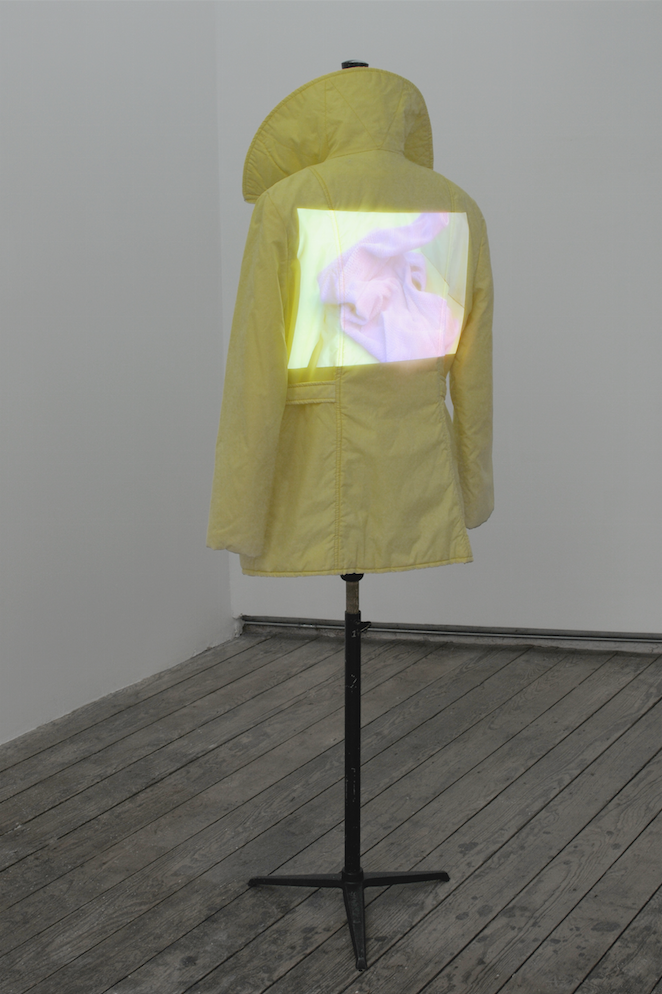
© » KADIST
Cheryl Donegan
Fashion is the focus of Blood Sugar , which consists of a video projected onto a vintage vinyl jacket set at torso height on a dressmaker’s dummy. As suggested by the work’s title, Cheryl Donegan uses the body as a metaphor, relating the continuous cycle and recycle of images that characterizes consumer fashion culture to the flow of sugar in our blood. Formally, the work borrows strategies from conceptual art, and specifically video art from the 1960s and 1970s—such as the use of repetition, patterns, found materials, and a DIY, low-tech aesthetic—and combines it with contemporary cultural forms, in this case, the world of fashion.

© » KADIST
Teppei Kaneuji
In his White Discharge series (2002 to today), arguably his best known works, Kaneuji assembles old toys and plastic scarps into dramatic mounded heaps and covers the surface with white plastic resin, drawing on allusions to landfills, commodity fetishism, and creative repurposing. White Discharge (Built-Up Objects #38) (2014) appears playful, like a lost landscape from a whimsical Dr. Seuss story awaiting a charmingly wacky inhabitant. But in drawing its source materials from prefabricated and mass-produced objects, Kaneuji’s work also suggests more trenchant anxieties consumer culture and the rapid and wasteful accumulation that becomes “built-up” in all of our lives.

© » KADIST
Diego Bianchi
Diego Bianchi’s main concern is distorting straight lines, both literally and metaphorically. To him, deviation is the only feasible strategy to allow the unexpected to happen, making space for semantic turns, impossible encounters, and dissolving binaries. The bodily dimension appears in his art both as disturbance of the senses and perception, and as research into processes of consumerism, oppression, decomposition, and destruction.

© » KADIST
Duane Linklater
silentstar, delicacy by Duane Linklater is a replica of a baby pink hoodie that the artist wore as a teenager, embellished with hand-painted elements and band patches. From associations with punk and hip-hop to skater culture, the hoodie has a history of being adopted by youth-driven communities once relegated to the fringes, and being embraced by mainstream fashion as a practical article of clothing, which Linklater’s work complicates even further. The reproduction is made with dye extracted from cochineal insects.

© » KADIST
Yoshua Okón
Fridge-Freezer is a 2-channel video installation where Yoshua Okón explores the darker side of suburbia, d escribed by the artist as “ the ideal environment for a numb existence of passive consumerism and social a nd environmental disengagement. ” Filmed at display homes in the suburbs of Manchester in the United Kingdom, the video features real-estate agents clad in bright-red blazers enthusiastically describing features of the ‘dream home’ as they walk through different rooms. A couple of additional elements, a couch and neutral soft carpet, recreate the domestic setting and immerse the viewer in the unfolding scenes.

© » KADIST
Antonio Caro
Juego de Banderas (a play on words that loosely translates to both set of flags and game of flags) is a triptych of modified Colombian flags by Antonio Caro. Although the yellow, blue and red stripes on the first flag are faithful to the original, the second flag at the center has been modified to feature the word Colombia, emulating the typography and white-on-red design of the iconic Coca-Cola brand. Caro’s first version of this logo was a 1976 graphite drawing, and he has since produced several variations in different materials.

© » KADIST
Agnieszka Kurant
Drawing & Print (Drawing & Print)
Agnieszka Kurant’s Placebo VIII brings together a series of imaginary pharmaceuticals invented within the fictional narratives of literature and film. Displayed in a custom cabinet, these imaginary drugs are materialized as physical objects, packaged in meticulously designed boxes, listing dosage and description information along with references to the fictional source. Each box is filled with placebo tablets.
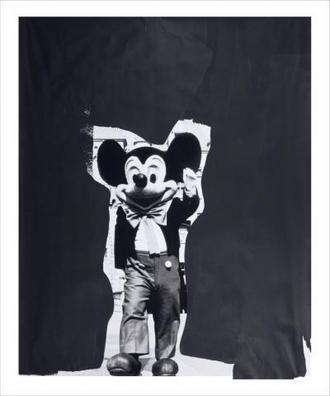
© » KADIST
Paul McCarthy
Drawing & Print (Drawing & Print)
To make Mickey Mouse (2010), Paul McCarthy altered a found photograph—not of the iconic cartoon, but of a man costumed as Mickey. On his shoulders he supports an enormous false head, Mickey’s familiar face grinning with glossy eyes. The artist has marked out in heavy black the background of Cinderella’s castle.
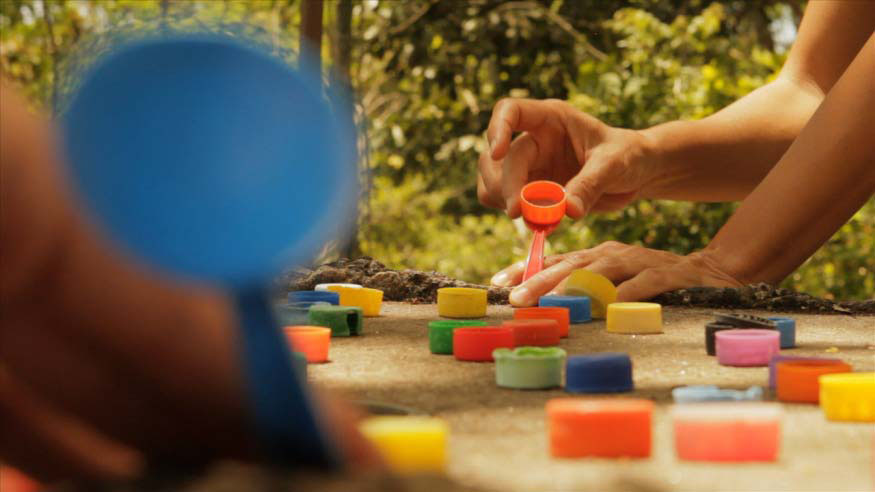
© » KADIST
Donna Conlon and Jonathan Harker
In Tapitapultas (2012), Donna Conlon and Jonathan Harker comment on mass consumerism and pollution by way of a game they invented. The artists used disposable spoons as catapults to shoot thousands of plastic bottle caps at a hole in a concrete platform. The platform was once part of a U. S. military installation in the Panama Canal Zone, and it is now an observation deck in a nature park.

© » KADIST
General Idea
AIDS Ring by General Idea is a cast metal ring, which takes as its basis Robert Indiana’s iconic “LOVE” design, appropriating its pop aesthetic, and totalizing, simplistic universal messaging to instead emphasize the severity of the AIDS epidemic that occurred in the 1970s. This visual detournement of Indiana’s sculpture into the form of a ring is an indictment of pop art’s apolitical nature, as well as of its increasingly commodified status. General Idea instead proposes that art’s expansive platform for messaging be used to spread awareness and create accountability for political negligence of the AIDS epidemic.
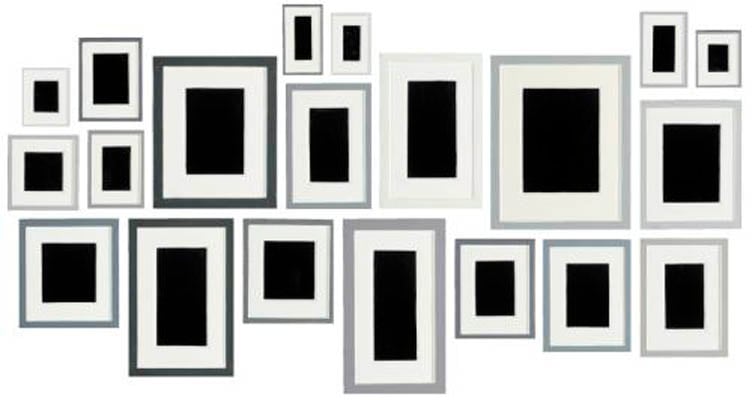
© » KADIST
Allan McCollum
In the work titled The Glossies (1980), an affinity for photography manifested itself before McCollum actually began to use photography as a medium. The Glossies are drawings, rectangular forms applied with blank ink and watercolors, which fill up the sheets parallel to the edges except for a small margin. Finally, the whole paper is covered with an adhesive plastic laminate, which gives it the shiny surface of a photograph.
Subas Tamang
Part of the Indigenous Tamsaling community in Nepal, Subas Tamang comes from a family of traditional stone carvers...
Paul McCarthy
- location: Los Angeles, California
- year born: 1945
- gender: male
- nationality: American
- home town: Salt Lake City, Utah
Duane Linklater
Duane Linklater addresses issues of cultural loss and recovery, as well as appropriation and authorship articulated through sculpture, installation, photography, film, and video...
Leung Chi Wo and Wong Sara
Leung Chi Wo tends to highlight in his art the boundaries between viewing and voyeurism, real and fictional, and art and the everyday...
Frieda Toranzo Jaeger
Many of Frieda Toranzo Jaeger’s works take the triptych format, employed by artists over many centuries to represent religious devotion...
Diego Bianchi
Since the early 2000s, Diego Bianchi has captured the atmosphere of a generation forged under a chronic state of crisis and precariousness in South America...
Takeshi Murata
Underlining the temporality of nostalgia, memory, and narratives crafted through cinematic pop culture, the American artist Takeshi Murata has constructed a body of animated works that explore the lifespan of moving images and their role in the shaping of shared cultural histories...
Allan McCollum
- year born: 1944
- gender: male
- nationality: American
- home town: Los Angeles, California
Teppei Kaneuji
Teppei Kaneuji produces sculptures and installation-based work that interrogates Japan’s continuously burgeoning postwar culture of commodification...
Cheryl Donegan
Cheryl Doneg an is best known for her performance and video work s that deal primarily with id eas of sex, gender , and the ways in which the female body is represented both in art and more broadly across popular culture...
Donna Conlon and Jonathan Harker
- location: Panama City, Panama
- year born: 1966
- nationality: American and Ecuadorian
Antonio Caro
- location: Bogotá, Colombia
- year born: 1950
- gender: male
- nationality: Colombian
Ron Terada
Ron Terada belongs to a generation of Vancouver-based artists that follows the well-known Vancouver School of photoconceptualists which includes Jeff Wall, Stan Douglas, and Ian Wallace...
-
1980-1989
Allan McCollum
1982In the work titled The Glossies (1980), an affinity for photography manifested itself before McCollum actually began to use photography as a medium...
-
1990-1999
General Idea
1993AIDS Ring by General Idea is a cast metal ring, which takes as its basis Robert Indiana’s iconic “LOVE” design, appropriating its pop aesthetic, and totalizing, simplistic universal messaging to instead emphasize the severity of the AIDS epidemic that occurred in the 1970s...
-
2000-2009
Ron Terada
Drawing & Print
2008(Drawing & Print) The three Maiko s were included in Ron Terada’s 2008 exhibition, Voight–Kampf , at Catriona Jeffries gallery...
-
2010-2019
Takeshi Murata
2010If one had been guessing at Takeshi Murata’s criticism of American consumerist culture up until watching Infinite Doors , it would be solidified after hearing the announcer from The Price is Right squawk prizes one after the next...
Leung Chi Wo and Wong Sara
2010Office Lady with a Red Umbrella restages a figure from a 1980 postcard made from a photograph from 1950’s...
Paul McCarthy
Drawing & Print
2010(Drawing & Print) To make Mickey Mouse (2010), Paul McCarthy altered a found photograph—not of the iconic cartoon, but of a man costumed as Mickey...
Donna Conlon and Jonathan Harker
2012In Tapitapultas (2012), Donna Conlon and Jonathan Harker comment on mass consumerism and pollution by way of a game they invented...
Cheryl Donegan
2013Fashion is the focus of Blood Sugar , which consists of a video projected onto a vintage vinyl jacket set at torso height on a dressmaker’s dummy...
Teppei Kaneuji
2014In his White Discharge series (2002 to today), arguably his best known works, Kaneuji assembles old toys and plastic scarps into dramatic mounded heaps and covers the surface with white plastic resin, drawing on allusions to landfills, commodity fetishism, and creative repurposing...
Elisabeth Wild
Drawing & Print
2015(Drawing & Print) Her collage works are made from the pages of glossy lifestyle magazines, from which the artist identifies colors, forms, and textures that she reconstitutes into rich, abstract compositions...
Yoshua Okón
2015Fridge-Freezer is a 2-channel video installation where Yoshua Okón explores the darker side of suburbia, d escribed by the artist as “ the ideal environment for a numb existence of passive consumerism and social a nd environmental disengagement...
Antonio Caro
2016Juego de Banderas (a play on words that loosely translates to both set of flags and game of flags) is a triptych of modified Colombian flags by Antonio Caro...
Frieda Toranzo Jaeger
2017This triptych is based on a Tesla whose interior the artist customized on the Tesla website...
Subas Tamang
Drawing & Print
2018(Drawing & Print) Study of History IV by Subas Tamang is an etching and aquatint print based on photographs taken by German photographer Volkmar Wentzel in 1949...
Subas Tamang
Drawing & Print
2018(Drawing & Print) Study of History III by Subas Tamang is an etching and aquatint print based on photographs taken by German photographer Volkmar Wentzel in 1949...
Subas Tamang
Drawing & Print
2018(Drawing & Print) Study of History V by Subas Tamang is an etching and aquatint print based on photographs taken by German photographer Volkmar Wentzel in 1949...
Agnieszka Kurant
Drawing & Print
2018(Drawing & Print) Agnieszka Kurant’s Placebo VIII brings together a series of imaginary pharmaceuticals invented within the fictional narratives of literature and film...
Diego Bianchi
2019Diego Bianchi’s main concern is distorting straight lines, both literally and metaphorically...
-
2020-2029
Subas Tamang
Drawing & Print
2020(Drawing & Print) Study of History VI by Subas Tamang is an etching and aquatint print based on photographs taken by German photographer Volkmar Wentzel in 1949...
Duane Linklater
2020silentstar, delicacy by Duane Linklater is a replica of a baby pink hoodie that the artist wore as a teenager, embellished with hand-painted elements and band patches...
Subas Tamang
Drawing & Print
2021(Drawing & Print) Masiniya Matawali by Subas Tamang is an etching and aquatint print based on photographs taken by German photographer Volkmar Wentzel in 1949...

